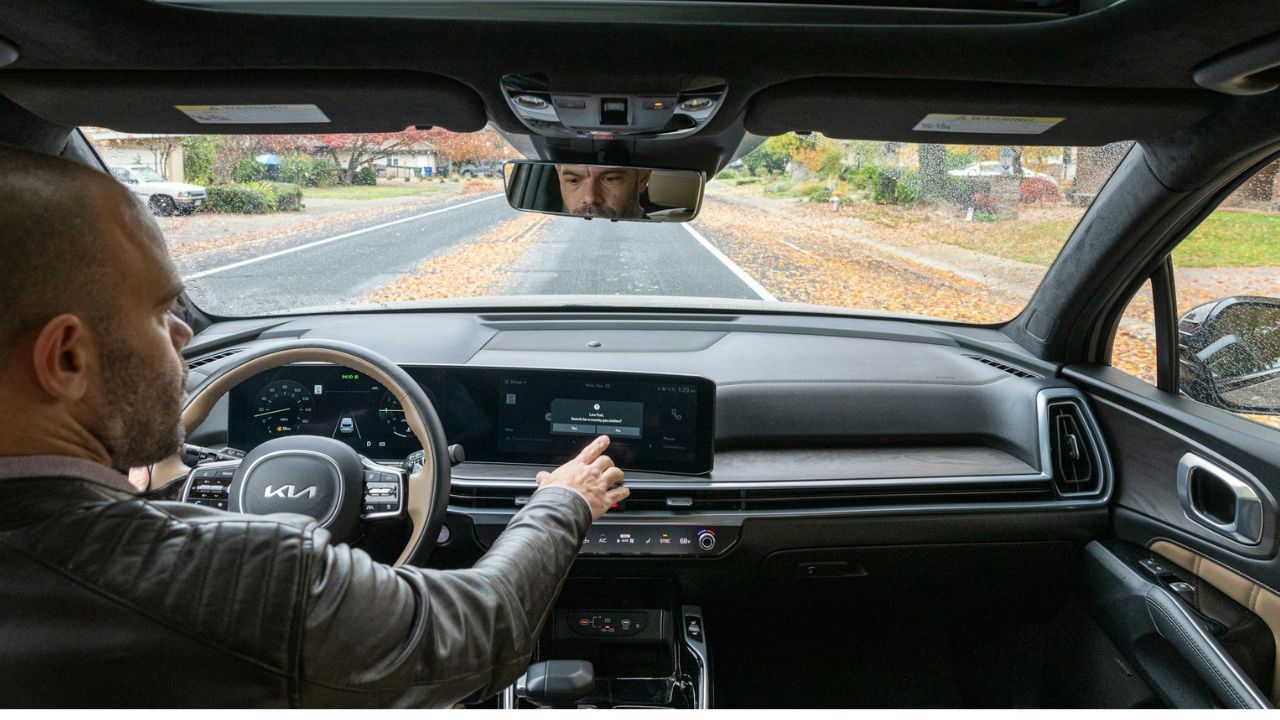Voice assistants have become a standard feature in modern vehicles, promising to enhance the driving experience by providing hands-free convenience. However, their impact on driver attention and safety is a growing concern that deserves examination.
The rise of voice assistants in vehicles
The integration of voice assistants into vehicles marks a significant technological evolution in automotive design. Initially, voice recognition systems were rudimentary, often struggling to understand commands. However, advancements in artificial intelligence and natural language processing have led to sophisticated systems that can understand context and nuances. As vehicles have become more connected, the demand for hands-free solutions has driven the development of these technologies.
Major players in this space include Apple’s Siri, Google Assistant, and Amazon Alexa, each bringing unique features tailored to enhance the user experience. For instance, Apple CarPlay allows Siri to control music, navigation, and messaging seamlessly, while Google Assistant enables voice control over Google Maps and smart home devices. These platforms are increasingly integrated into various car models, from luxury brands like BMW to mainstream vehicles such as the Toyota Camry.
Convenience factors of voice assistants
The primary advantage of voice assistants in cars is their hands-free operation, allowing drivers to make calls, send texts, and navigate without taking their hands off the wheel. For example, with just a voice command, a driver can instruct their vehicle to call a contact or get directions to a new location, which significantly enhances road safety compared to manual operations.
Moreover, voice assistants promote enhanced connectivity with smartphones and other devices, allowing for a seamless transition between personal and vehicle environments. Features like Spotify integration enable drivers to control their music playlists with simple voice commands. Additionally, customization and personalization features allow the assistant to learn a driver’s preferences over time, creating a more tailored experience. For instance, the Ford SYNC system can adjust climate settings based on the driver’s spoken preferences, improving comfort on the road.
Distraction and safety concerns
Despite the convenience offered by voice assistants, there are legitimate concerns regarding driver distraction. Cognitive load can still be an issue, as multitasking—even with voice commands—diverts attention from the road. A driver trying to compose a text message or navigate can still become mentally overloaded, leading to a lapse in situational awareness.

Additionally, misinterpretation and errors in voice recognition can create hazards. There are numerous instances where voice commands are misunderstood, resulting in incorrect actions. For example, a driver might accidentally instruct the vehicle to call the wrong contact or misinterpret navigation directions. According to a study by the AAA Foundation for Traffic Safety, nearly 60% of drivers reported that voice command systems can be distracting, highlighting the need for caution.
Finding the balance: Best practices for safe usage
To effectively use voice assistants without compromising safety, drivers should follow specific guidelines. For instance, it’s advisable to familiarize oneself with the system’s capabilities before hitting the road. Additionally, keeping commands simple and straightforward can help minimize distractions. I recommend using voice commands for essential tasks only, such as navigation or urgent calls, while keeping more complex interactions for when the vehicle is stationary.
Technological advancements are also underway to minimize distractions. Companies are exploring more intuitive interfaces and improved voice recognition algorithms to reduce misinterpretations. Furthermore, future trends may include features that provide feedback on the driver’s attention levels, alerting them when they are becoming too distracted. As we continue to embrace voice technology in vehicles, it’s crucial to prioritize safety while enjoying the convenience it offers.
Like Fast Lane Only’s content? Be sure to follow us.
Here’s more from us:
*Created with AI assistance and editor review.







Leave a Reply